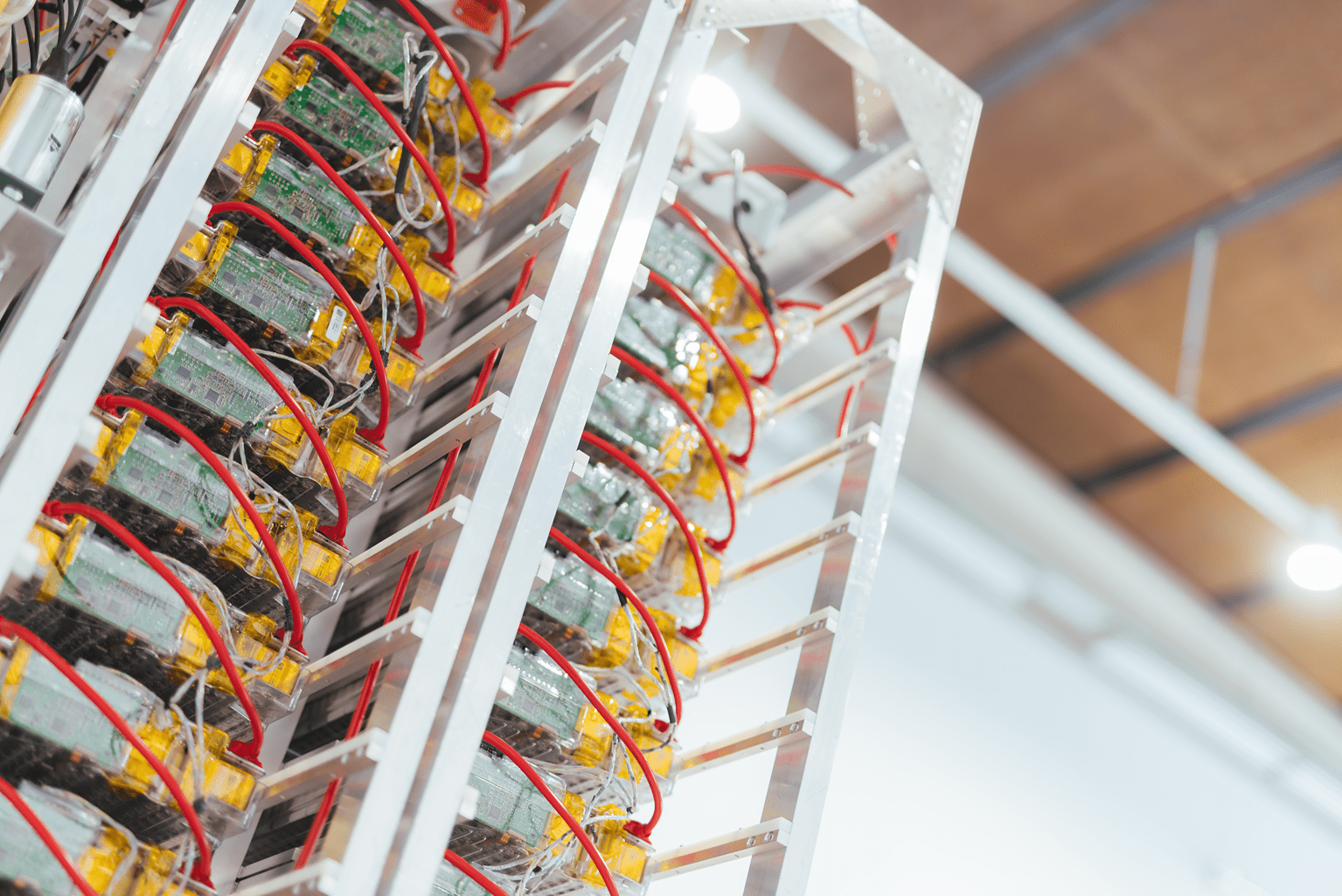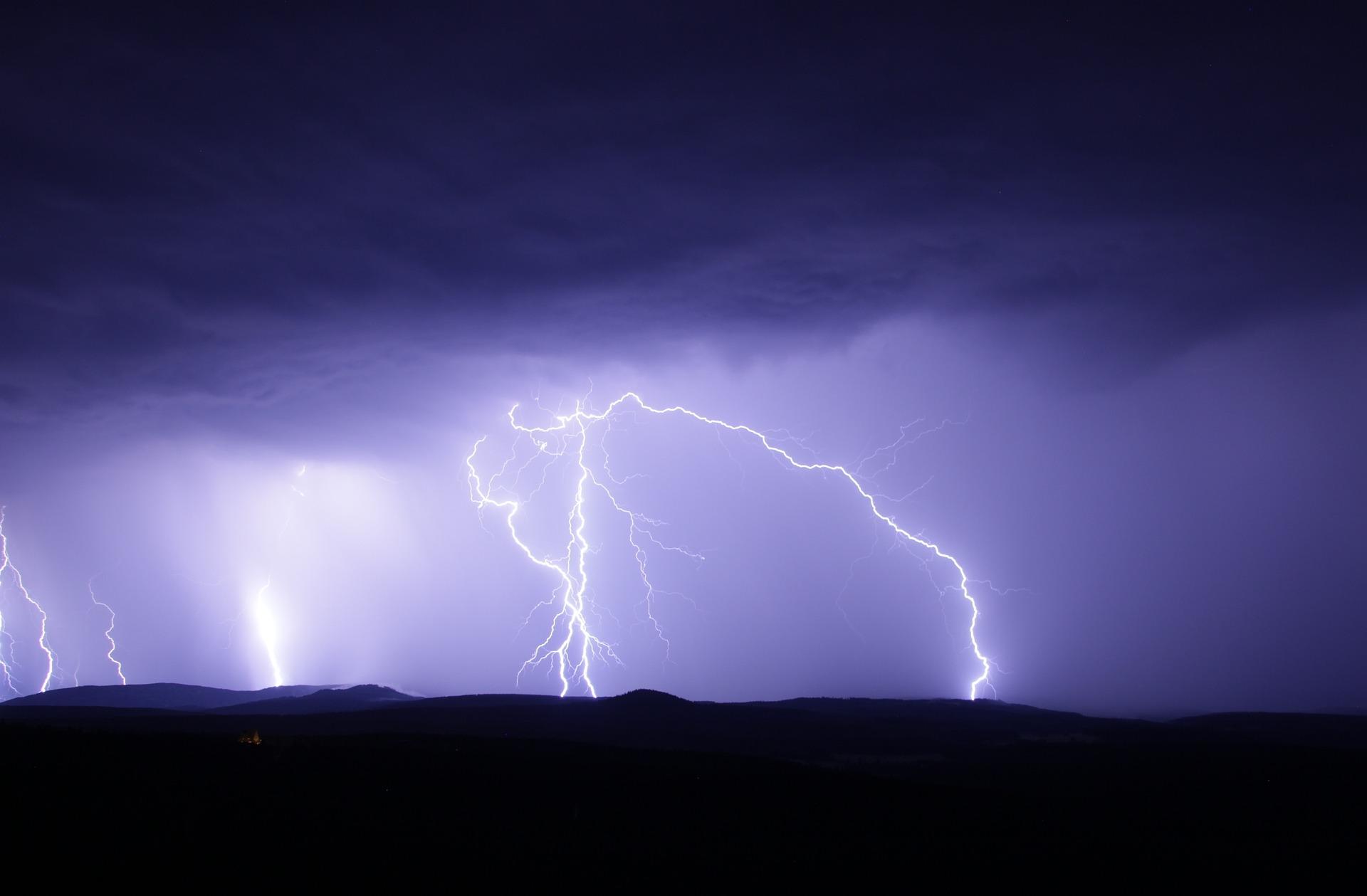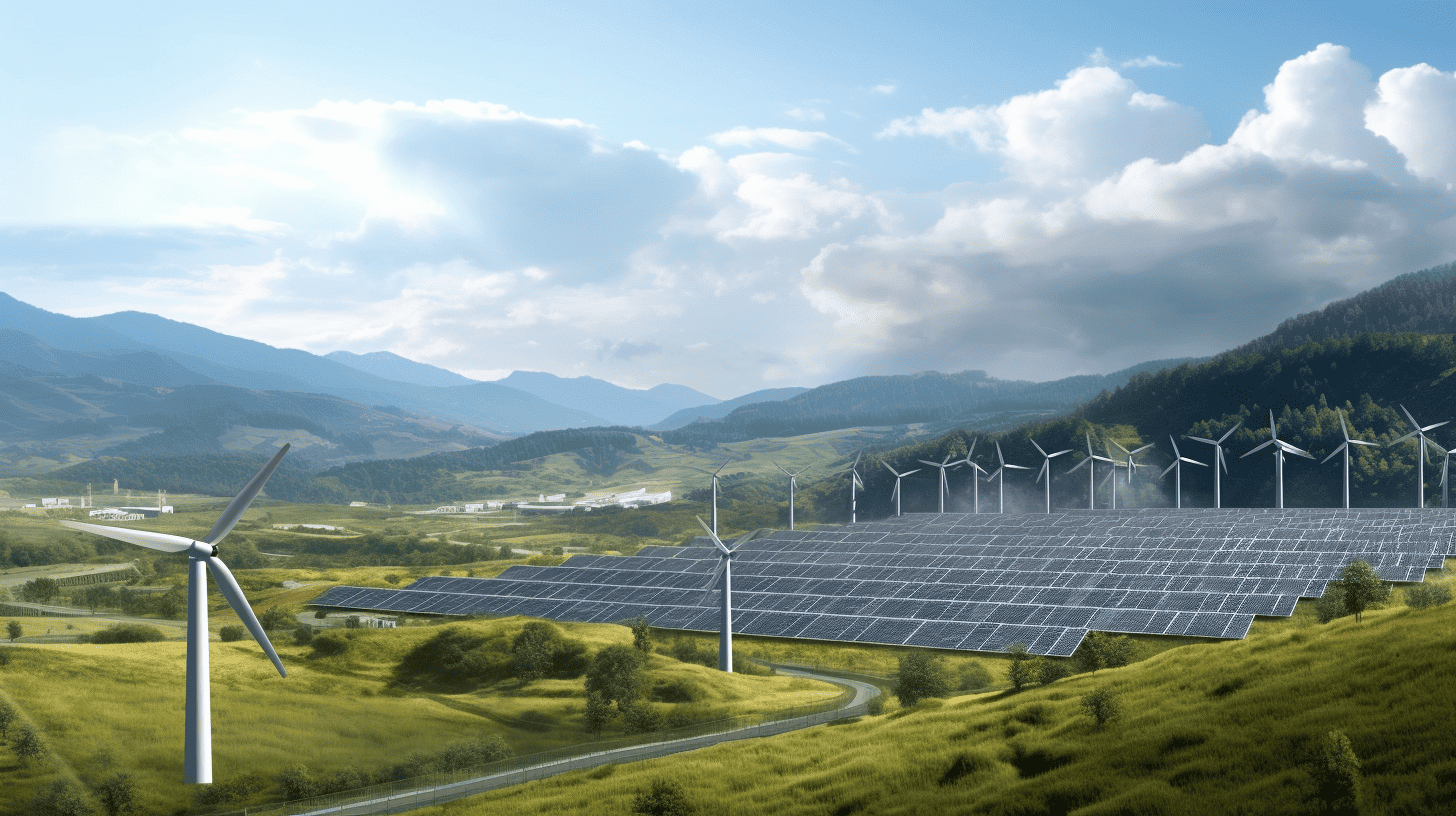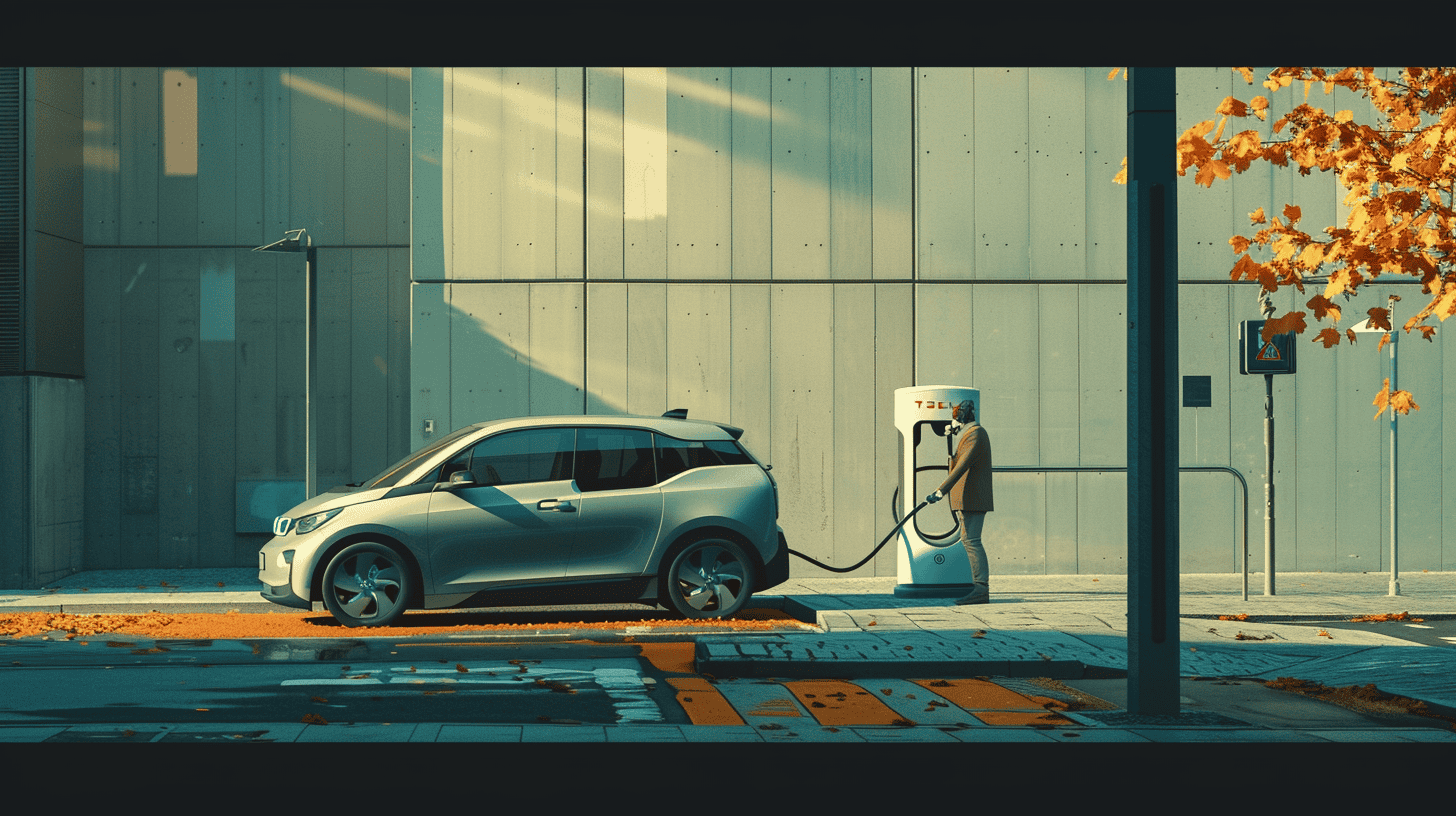
1. Cascatachuva
Humidity, the new source of green energy alongside solar and wind
When we think of the green energy sources, solar and wind energy come to mind first. But thanks to the innovative strides of Portuguese start-up Cascatachuva—founded by twin brothers Andriy Lyubchyk and Sergiy Lyubchyk, along with their distinguished chemical engineering professor and mother, Svitlana Lyubchyk—soon humidity will be added to that list.
The start-up generates electricity from atmospheric humidity. It engineered a nanomaterial that, in basic terms, captures airborne water molecules and directs their movement through nanoscale channels, yielding an electric charge. New nanoscience breakthroughs have been crucial to their success. With a system that operates at the molecular level and comprises tens of thousands of channels, the family company achieved remarkable efficiency in generating electricity.
Cascatachuva’s technology has the potential to be a game-changer in the realm of sustainable energy. Based on estimations, it could cover up to 500 times the current global energy needs. Their initial focus lies on Europe, with humidity levels averaging around 70 percent in most EU countries, the conditions here are ideal for this technology.

2. Integer Technologies
The alternative for expensive home energy installations
Integer Technologies was founded in December of 2021 as the spin-off of Team CASA, a TU Eindhoven student team focused on accelerating the energy transition in the built environment by developing a Comfortable, Affordable, Sustainable, and Alternative (CASA) solution for Dutch social housing.
Although the results of CASA 1.0 were satisfying, the builders discovered “a big problem”, as co-founder Pau Brossa Rodriguez told IO. “One of the main reasons people aren’t switching to sustainable energy installations that combine different energy sources is their underlying complexity. Most buildings still rely on fossil fuels. Existing and upcoming regulations don’t allow this anymore. Unfortunately, the alternatives with heat pumps, solar panels, and energy storage are more difficult to commission and control. And here’s the kicker: as energy prices keep rising, having a badly commissioned and poorly controlled energy system becomes very costly for residents and building owners.”
That’s why CASA’s successor, Integer, decided to focus exclusively on the energy installations of a building. Brossa Rodriguez: “This way, we could start tackling the complexity challenge based on what we had learned from the CASA 1.0 project. Our solution ensures that installations are easier to build, commission, and maintain by an installer while providing residents with lower energy bills and CO2 emissions.”
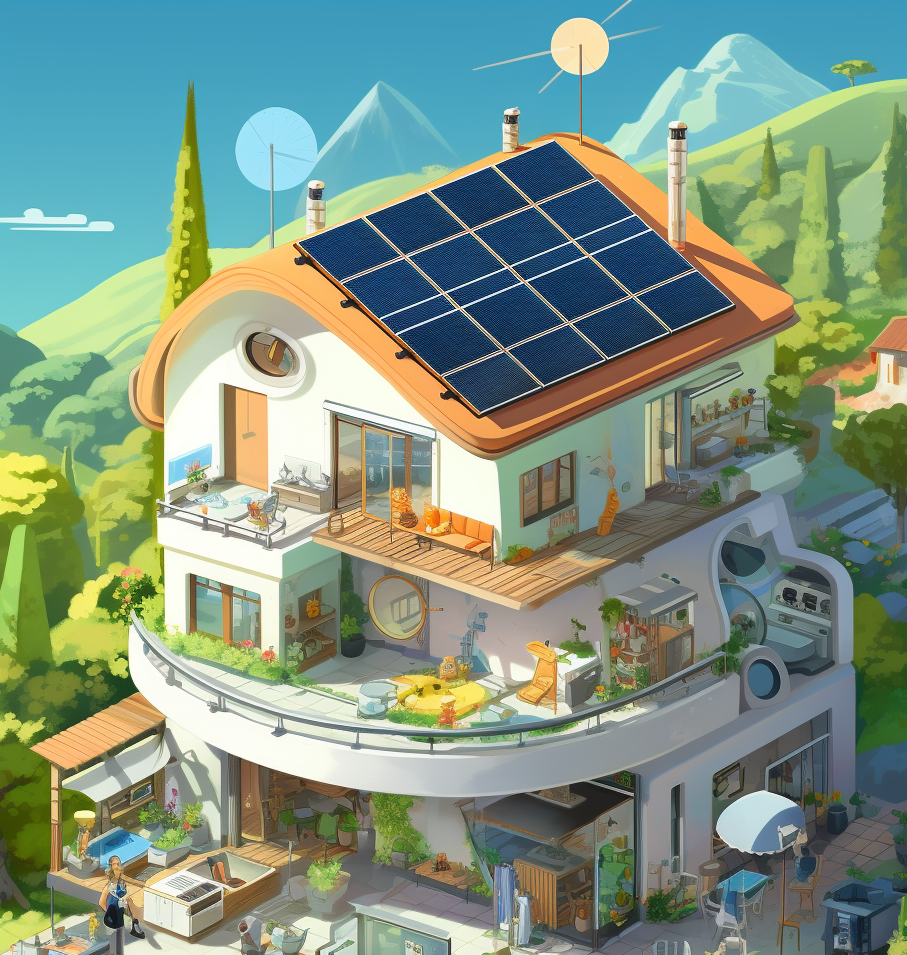
This is an article from IO Next: The Year Of… For the last magazine of this year, we selected the articles that stuck with us the most, whether it was an impressive interview, an important story or just something funny.
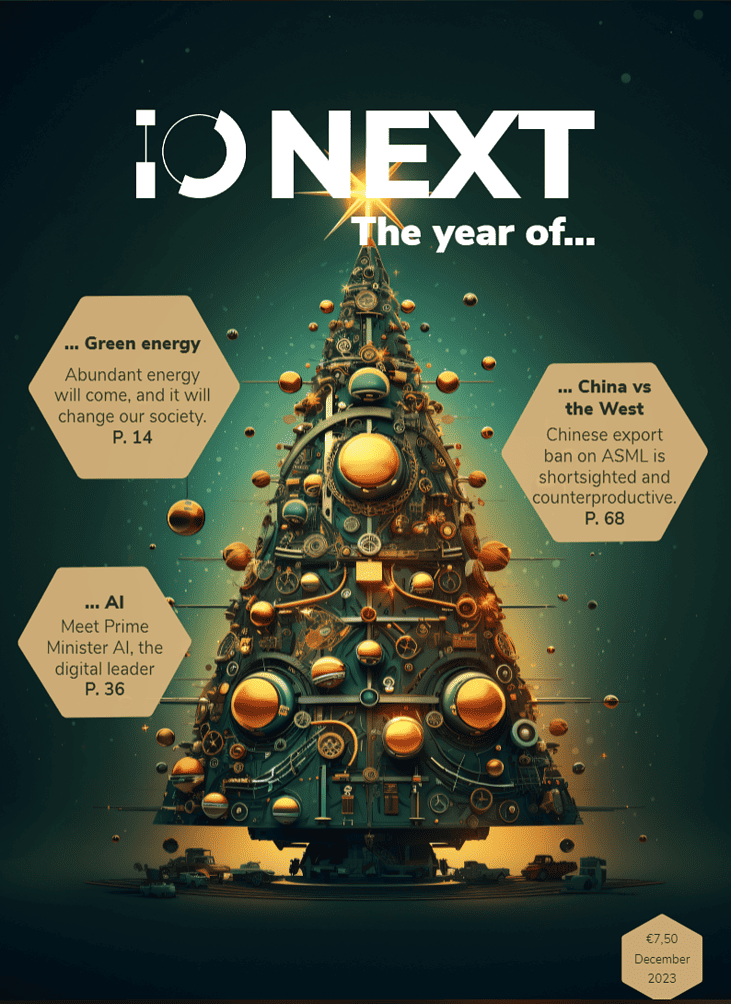
3. Renaissance Fusion
A promising quest for sustainable nuclear fusion
Renaissance Fusion is on a mission to revolutionize energy production by harnessing the potential of nuclear fusion. The start-up aims to develop a 1 gigawatt nuclear fusion reactor by the 2030s. For nuclear fusion to take place, a strong, complex and accurate magnetic field is needed. Renaissance Fusion aims to prove simple coils can also generate complex magnetic fields. The start-up builds coils by depositing superconducting material on cylinders and shapes the current path by using a laser engraving technique. In a way,it transforms a 3D problem into a 2D problem.
To do so, Renaissance Fusion uses second-generation superconductors. These materials allow circulating very high current when cooled down below 77K, thus creating very strong magnetic fields. By doubling the magnetic field, the size of the reactor can be reduced by a factor four. The other key technology is liquid shields. These are designed to protect the reactor walls from the hot plasma and absorb the neutrons produced during the fusion reaction. The walls consist of a stream of liquid metal, lithium, and act like a shield between the plasma and solid walls of the reactor. This approach is expected to reduce the level of radioactivity in the reactor significantly.
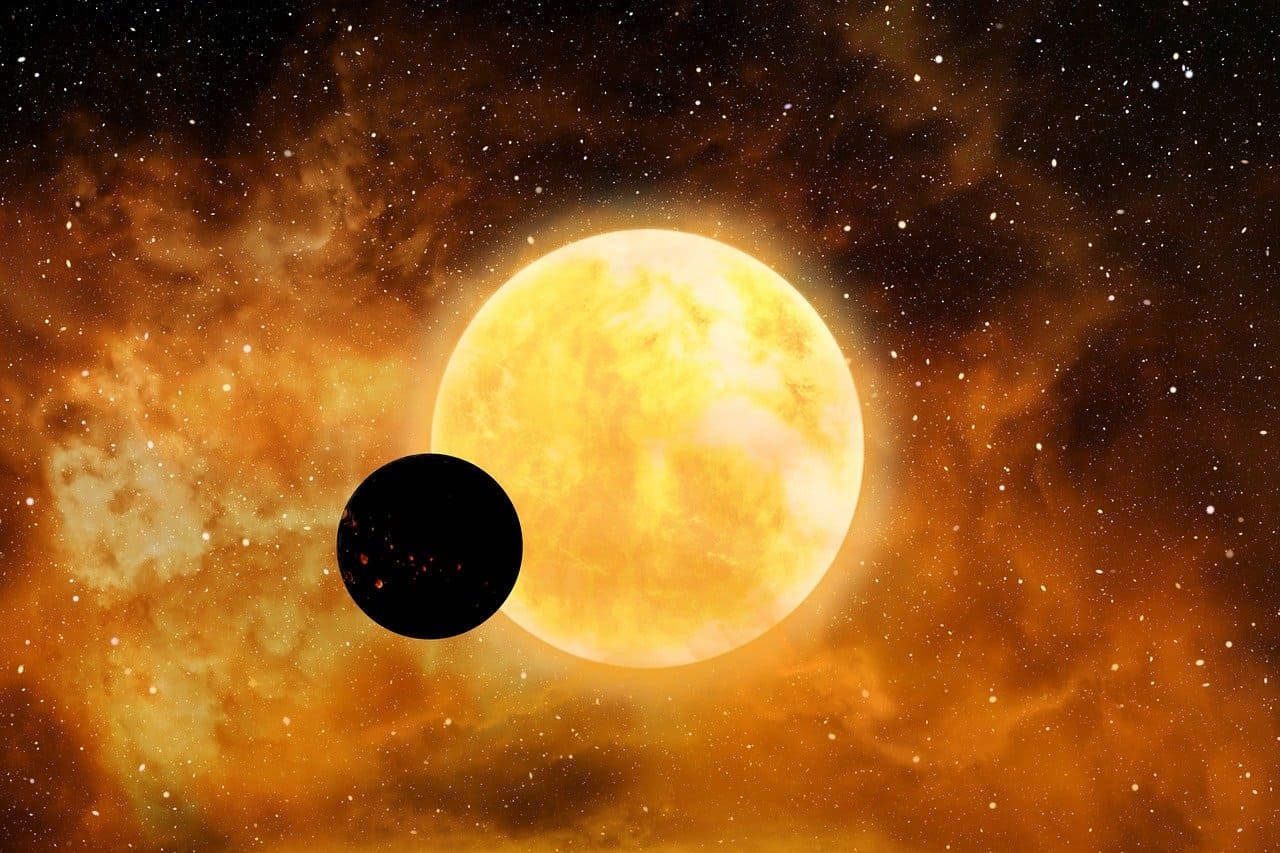
4. Cactos
Effortless and sustainable energy storage
Cactos produces and leases energy storage units made with recycled electric vehicle (EVs) batteries. They developed Cactos One, a unit that can store up to 100 kW/h of electricity. Like cactuses store and optimize water usage, so does Cactos’ unit, which makes efficient use of energy, bringing advantages to users – mostly building owners – and grid operators.
One of the co-founders had a company repurposing spent EV batteries for boats and cars. He realized the same technology can be used to build a battery-powered distributed energy storage system. Rather than creating large storage units with dedicated grid connection, the start-up develops standardized smaller units and installs them behind the meter. This way, a large battery storage system is split up into small units and easier to control.
Cactos Spine is a cloud control system that ensures that the battery always produces maximum profits for the users. It sets up operations for every storage unit. Every day at 2 pm, when the day-ahead electricity prices are known, the software automatically calculates charging and discharging cycles. Later in the evening, it places bids for reserve markets. As these are accepted, the system allocates reserve power to each unit. The charging and discharging cycle runs throughout the day, verifying that the planned schedule is the most optimal one.
